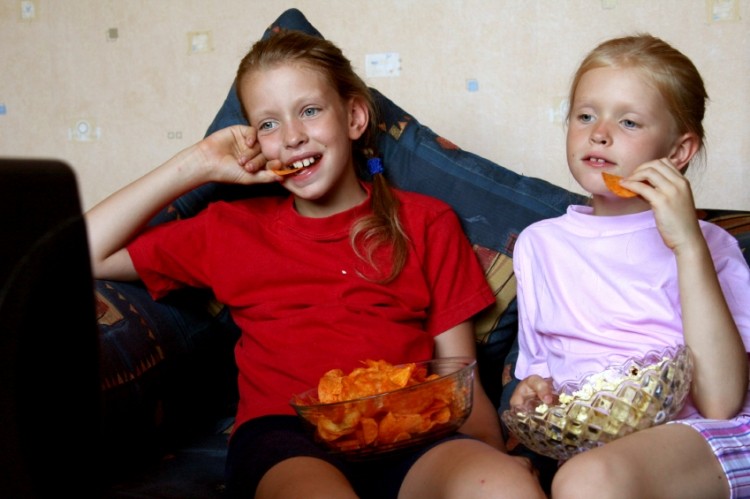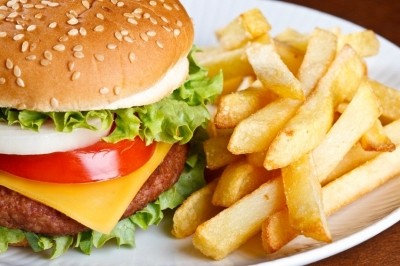Lure of junk food tempting but not overwhelming, study finds

According to the researchers, altering these unhealthy habits is possible by reversing these cues.
As measures against advertising high fat, sugar and salt (HFSS) foods become increasingly wide reaching, two experiments, conducted by Sydney University in Australia, may show evidence that everyday environmental cues can have a huge influence on whether people act with a goal in mind or out of an impulsive habit.
Lead researcher Laura Corbit and her team said they were interested in investigating the longer team effects of junk food advertising on human behaviour and began examining the behaviour of rats when exposed to different stimuli.
“External environments are riddled with stimuli designed to promote food purchase and consumption. Indeed, there is ample evidence for stimulatory effects of food cues on consumption in the short term.
However, long-term effects of food-cue exposure on weight gain have not been established.”
The researchers concluded that: “Our data also suggest that relatively simple interventions, such as reminders of reduced food value or interrupting the automatic processing of junk food cues, might assist individuals in restoring control in environments where control over eating behaviour is compromised.”
They suggested greater use of existing methods such as signs promoting healthy food and apps encouraging and monitoring diets.
First study
In the first of two tests, the team exposed rats to junk food such as Pringles, Oreos biscuits and jelly snakes sweets. Other rats were given chow, a bland but nutritious food.
The test distinguished between habitual and volitional behaviour - the latter is defined as a goal-directed behaviour whereby people perform actions to acquire some reward based on the belief of its value.
Habitual behaviours conversely are performed without regard for health or nutrition, but directed by external influences and stimuli.
After subjecting the rats to the differing food environments, each rat was deprived of food and then placed into a new environment, where they would press a lever to receive either sugar water or a pellet.
Once the rats were satiated, they were placed back into either the junk food environment or the chow environment, to see whether the environments would alter their behaviour.
Rats in the junk food environment exhibited more habitual behaviour by eating beyond satiety.
Second study
In the second experiment, researchers repeated the design of the first test and added sound cues related to different food types.
The rats would then be conditioned to relate one sound for junk food, and another for chow.
Once full and placed back into the new environment, the chow-related sound cue was enough to offset the rats’ habitual behaviour and begin eating the junk food.
"The decision-making processes can be altered by diet and environments associated with consumption of highly palatable foods," the researchers concluded.
"Entering an environment where a certain food type is routinely consumed may bias the decision-making processes that mediate future food choices. In places where there has been a history of eating junk food—for example, food courts—this conditioning history may predispose people toward poorer food choices and perpetuate consumption of junk food."
The researchers also pointed towards a number of environmental variables that could be helpful including the use of smartphone apps designed to promote healthy food options and avoid 'binge' sessions.
Other manipulations of the external environment were also considered as a cited study hailed the effectiveness of signs throughout a food court, which highlighted healthy rather than unhealthy foods (e.g., salads vs. burgers).
Source: Frontiers in Behavioural Neuroscience
"Contexts Paired with Junk Food Impair Goal-Directed Behavior in Rats: Implications for Decision Making in Obesogenic Environments"
First published online: doi.org/10.3389/fnbeh.2016.00216
Authors: Laura Corbit et al.












